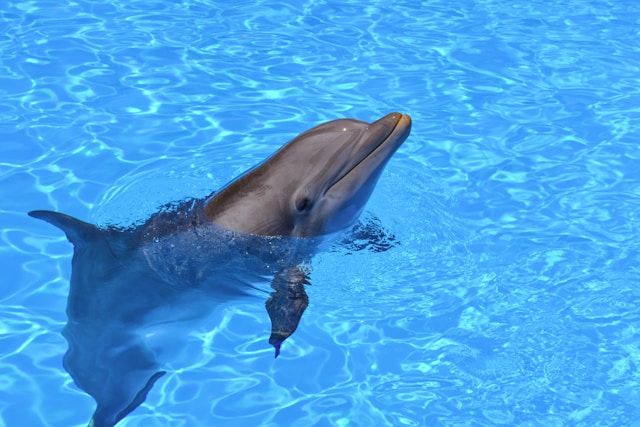Discovery sheds light on evolution of freshwater dolphins
In an extraordinary find, palaeontologists have unveiled a previously unknown ancient dolphin species that once navigated the murky waters of proto-Amazonia in Peru. Dubbed Pebanista yacuruna, this giant cetacean lived around 16 million years ago, offering new insights into the evolutionary journey of freshwater dolphins.
Unlike the ocean-dwelling dolphins we’re familiar with today, P. yacuruna thrived in a freshwater lake, challenging the notion of dolphin habitats and their biodiversity in ancient times. Remarkably, this ancient dolphin’s closest living relatives are not the Amazonian river dolphins known today, but rather the South Asian river dolphins located over 6,000 miles away.
The discovery of P. yacuruna, derived from a fossilized skull found in Peru’s Pebas Formation, suggests that it measured at least 11 feet in length. This estimation makes it approximately 20% to 25% larger than any known modern river dolphin, potentially marking it as the largest freshwater dolphin to have ever existed. The skull’s incomplete state hints that the actual size of this ancient mammal could have been even greater.
What sets this finding apart is the rarity of dolphin fossils in freshwater environments, attributed to lower population densities and the disruptive nature of water currents on fossil preservation. The naming of this new species incorporates local Indigenous Kichua language and mythology, with “yacuruna” referring to mythical aquatic beings, further enriching the cultural significance of the discovery.
Researchers stumbled upon the fossil in 2018 near the Napo River in Loreto, Peru, initially mistaking it for a member of the modern Amazonian river dolphin family. However, the distinct eye socket shape, resembling that of the smaller-eyed South Asian river dolphins, indicated a surprising evolutionary lineage. This revelation suggests that multiple dolphin types independently ventured into South America’s inland waters at different times.
This ancient ecosystem, rich in biodiversity, was home to a variety of species, including other mammals, reptiles, and fish, making it a veritable paradise for apex predators like P. yacuruna. The species’ eventual extinction, potentially due to environmental changes such as drought, paved the way for the ancestors of today’s Amazonian river dolphins.
The discovery of P. yacuruna not only adds a new chapter to the complex evolutionary story of cetaceans but also underscores the significance of the Amazon basin in the history of freshwater dolphin evolution. Moreover, it serves as a poignant reminder of the delicate balance within freshwater ecosystems and the ongoing threats faced by their modern inhabitants, particularly from human-induced environmental changes.
